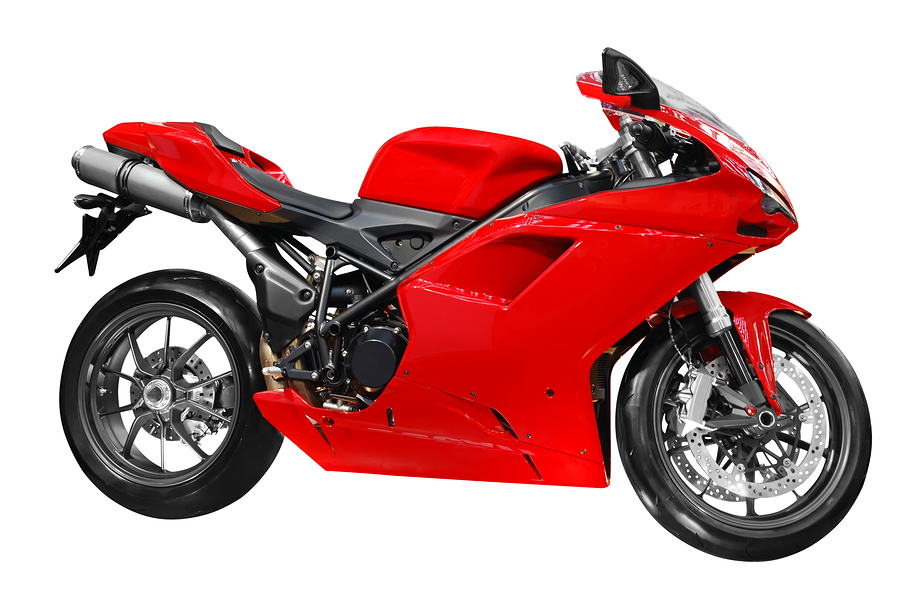How To Successfully Recover A Motorcycle Battery
There’s nothing worse than going to use your motorcycle only to find that your battery is flat.
Whether your motorcycle hasn’t been used for a while, you’ve left your lights on, or the weather is particularly cold, there’s always a risk of battery power going down when you need it most.
So, if your battery is flat, you should charge it to restore full power and to also prevent any damage occurring to the battery itself.
Let’s take a look at how you can successfully achieve this.
Removing your battery
As the fluids in lead-acid batteries are toxic, it’s advised to make sure you are wearing protective equipment as advised by the manufacturer or the owner’s handbook/instructions. Once you are wearing the correct gear and the bike is in a spacious and ventilated area, remove the battery by using pliers. If it’s hard to reach, consult the owner’s manual first before attempting to remove it.
After it’s been removed, place it on a flat surface, such as a wooden workbench or a non-conductive surface. If it’s stored on concrete or a metal surface then it can lose capacity quickly. Whilst the battery is stable, check all of the connections to make sure that there isn’t any corrosion, tear or damage.

Charging
Some motorcycle chargers, such as the products supplied by Blue Box Batteries, feature leads that can be permanently fixed to your battery and hidden within your bike, ready to use at a later date. The charging process is then incredibly simple as it involves plugging the connector into the charger. However, this will depend on the age, make, and quality of the bike you own.
In all other instances, your first port of call is to refer to the manufacturer’s manual in order to view the relevant section on battery charging.
Before you begin, make sure you charger is turned off to avoid any sparks during connection. Next, with the battery on a flat surface, connect the charger by placing the positive wire to the positive cell and repeat the process for the negative wire/cell. Now, charge the battery for the required time as stated in the manufacturer’s manual.
If it becomes too hot at any stage, remove the charger, let the battery cool down and check with your supplier to ensure you are using the correct charger power rating.
Finally, after a full charge, turn off the power supply and disconnect the battery before putting it back in your motorcycle.
*Please note, for older style batteries, you may be required to add distilled or deionised water. Consult your owner’s manual for further information.
Tips and advice
Whilst this process may sound easy to complete, if you don’t know what you’re doing, always seek technical assistance from the manufacturer’s manual or a specialist bike or battery supplier. You don’t want to make any mistakes which could cost you more in the long run.
Also, never use a car battery charger for your motorbike (a car battery charger is generally sized to deal with much larger Ah sizes than found in motorcycle batteries). As a good rule of thumb, the charger current should be at 10% of the Ah (ampere hour) rate of the battery. So for example, if you own a 10 amp battery, you should use a 1 amp charger. Using a car charger will supply too much current for it to handle and will result in permanent damage to the battery plates and cause it to gas and swell.
During the winter months, it’s worth removing the battery if your bike is exposed and stored in a cold environment. Moving the battery to warmer conditions will ensure that the water inside does not freeze and cause it to break.
Lastly, although it may seem obvious, never smoke in the same area where you are charging the battery as the oxygen and hydrogen gasses being produced can be flammable. For further advice and assistance on charging your battery, feel free to contact Blue Box Batteries today.
Motorbike image from Bigstock.